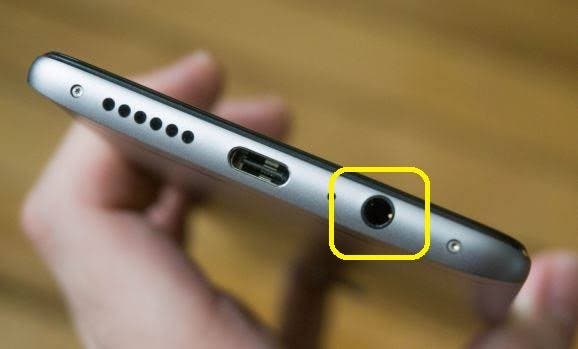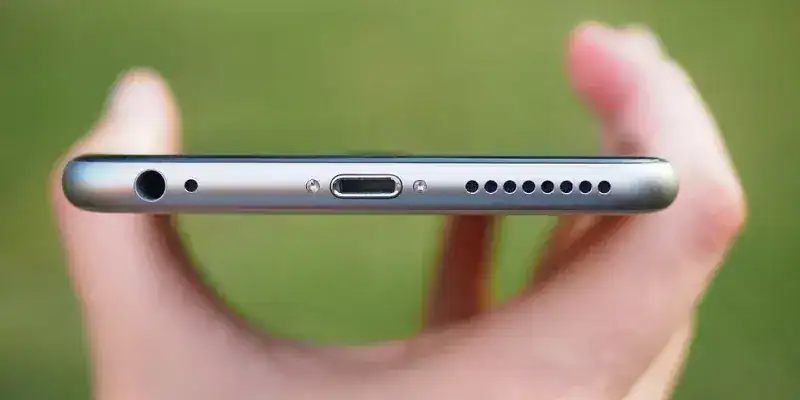Editorial
The death of the headphone jack and the myth of progress
Efe Udin
July 25, 2025

When smartphone companies began removing the headphone jack, they insisted it was a step forward, and the decision was framed as bold, modern, and inevitable. In 2016, Apple described its removal as “courageous.” The company claimed that ditching the 3.5mm jack allowed for better internal engineering, wireless freedom, and a cleaner design.
 Source: Oppo
Source: Oppo
Others like Samsung, Google, and OnePlus soon followed. One by one, flagship phones launched without headphone jacks, and users were told to embrace a wireless future. Nearly a decade later, that future has arrived. But it’s worth asking whether this was ever really progress or just a clever way to reshape consumer habits and increase accessory sales.
What the headphone jack offered
The headphone jack was never a problem. It was simple and universal. Any wired headphones, regardless of brand or price, would work with any device that has a jack. There was no pairing process, no battery to charge, and no delay in audio playback. It delivered consistent sound quality without requiring users to think about compatibility or firmware updates.
This kind of plug-and-play convenience was rare in tech, and most people didn’t ask for it to be changed. When the jack disappeared, the replacement was not a better version of the same thing—it was a different experience entirely, with new expectations and limitations.
 Source: Notebookcheck
Source: Notebookcheck
Bluetooth wasn’t an equal substitute
Bluetooth headphones, while clearly improving over time, come with trade-offs that many users didn’t anticipate. Wireless earbuds must be charged regularly. They can lose signal or disconnect unexpectedly. Audio delay, especially when watching video or playing games, remains a problem for some models. Firmware updates, pairing quirks, and platform-specific features mean that not all earbuds work the same across different devices. For users who just wanted to listen to music or podcasts without friction, the wireless switch wasn’t always smooth. It was a learning curve disguised as convenience.
Shifting from compatibility to ecosystems
Meanwhile, the smartphone brands that removed the jack began selling their wireless audio solutions. Apple had AirPods, Samsung launched Galaxy Buds, and Google released Pixel Buds. Suddenly, headphone choice wasn’t just about sound or comfort—it became about ecosystem. If you lost your AirPods, the most obvious replacement was… more AirPods.
Using third-party accessories often meant giving up integration, controls, or fast pairing. What used to be a universal accessory has become a platform-specific product category. The move away from wired headphones didn’t just change how people listened; it changed how they spent.
The inconvenience of the dongle era
Manufacturers also offered dongles to connect wired headphones to USB-C or Lightning ports, but these felt more like an afterthought than a real solution. Dongles are easy to misplace and fragile in daily use. Some phones included them in the box; others didn’t. The message was clear: users could still cling to the past if they wanted, but the future was wireless—and less forgiving. At that point, it was no longer about functionality but about direction. The industry had chosen a path, and users were expected to follow.
 Source: maketecheasier
Source: maketecheasier
Flimsy justifications, unclear benefits
Supporters of the change pointed to benefits like larger batteries, slimmer designs, and improved water resistance. But the reality hasn’t lived up to the promise. Many modern phones without headphone jacks still struggle with battery life. Some budget models with smaller batteries also lack the jack, while rugged phones with high water resistance have kept it. The technical arguments always sounded reasonable, but in practice, they’ve been inconsistent and unconvincing. What has become clear is that the removal of the jack created space…less space for new technology, and more space for new revenue streams.
A forced transition disguised as progress
Users have adapted, as they always do. Wireless audio is now common, and many people enjoy the benefits of not being tethered to a phone. But this adaptation doesn’t automatically mean that the change was necessary or even good. It means people didn’t have much of a choice. The end of the headphone jack wasn’t the result of progress in the purest sense. It was the result of strategy decisions made not to improve the user experience, but to shift control and reshape the accessory market. That’s not innovation. That’s business.
Disclaimer: We may be compensated by some of the companies whose products we talk about, but our articles and reviews are always our honest opinions. For more details, you can check out our editorial guidelines and learn about how we use affiliate links.Follow Gizchina.com on Google News for news and updates in the technology sector.